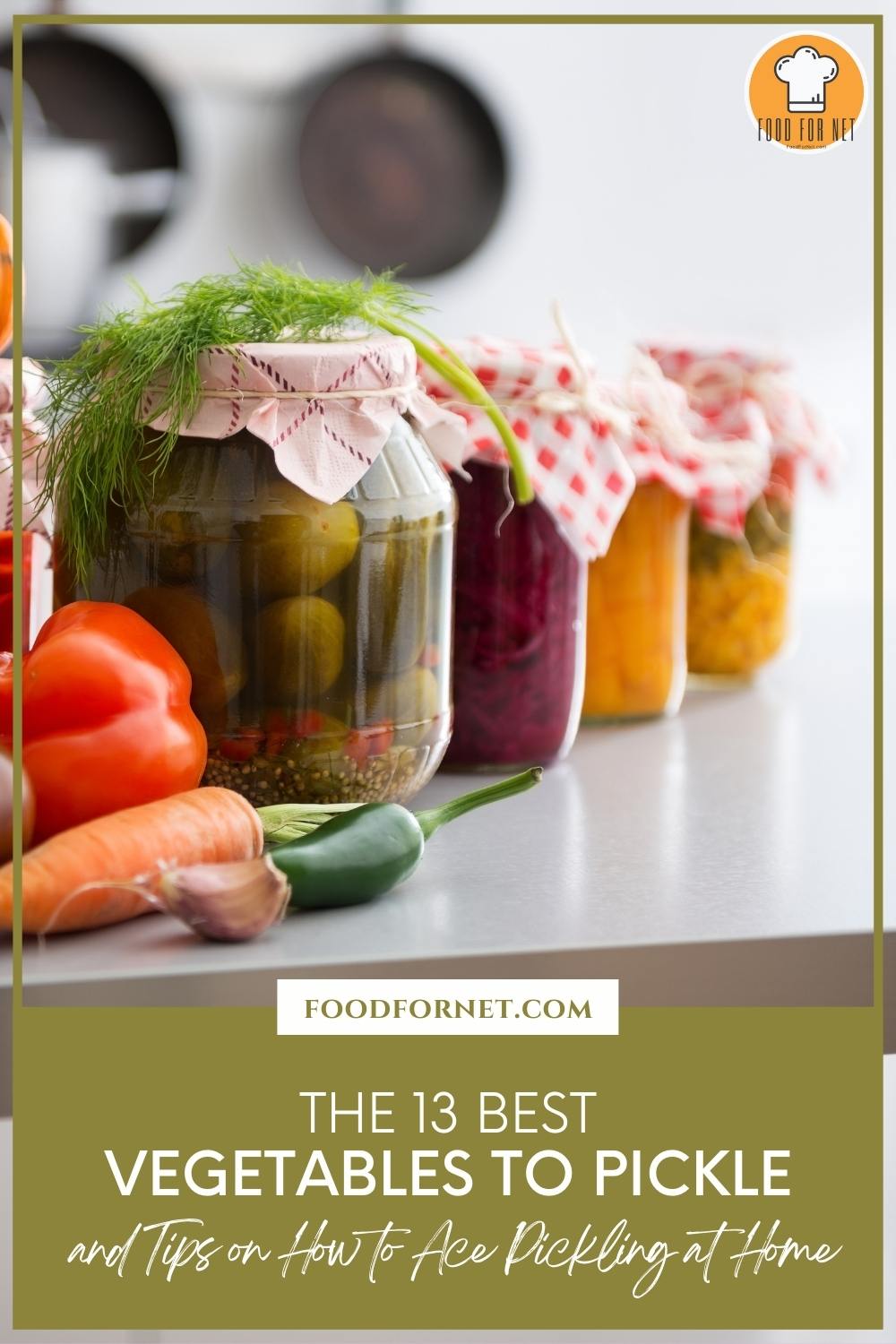
Another great way to enjoy your vegetables is via pickling! Yes, pickled-anything, right? Have you noticed how adding pickled vegetables just makes certain food extra bitty special? Say pickled dill in tacos, pickled red onions in sandwiches, or pickled beets in salads. Salivating yet? I know right? But before you think of raiding the grocery store for pickled veggies, why not just try making your own. Yes, simply choose the best vegetables to pickle and just make your own. Right there, at the comfort of your home.
Don’t fret just yet because pickling is super easy. Just take note of the best vegetables to pickle and you’re halfway done – well, almost. The point is, not only can you enjoy pickled vegetables of your own choosing but you can also save money if you can just make your own. By pickling, you can also make the most of in-season vegetables, or your harvest (if you’re the gardening type). Quite frankly, the only hard part about pickling vegetables is choosing which ones are you going to pickle first!
Pickling is a way of preserving food way back when refrigeration is not yet an option. In fact, it’s been in practice for over 3000 years ago in Asia, Egypt, and Greece according to NY Food Museum. Aside from its nutritional benefits, some ancient sources also consider it as a beauty aid that contributed to Cleopatra’s good looks. Who would have thought that a hearty diet of pickles can make you look that attractive, right? Well, whether it’s true or not, pickles, just the same is surely a good thing.
Pickling may sometimes get confused with fermenting, in fact, they’re often used interchangeably. That’s quite understandable as both techniques kind of overlap sometimes. A way to distinguish them is noting if an acidic brine is used. If it did, then it’s pickling. That’s because, in fermentation, the fermented food’s sour flavor came from the chemical reaction of the food’s sugars and naturally present bacteria (meaning no added acid was required).
There are different processing methods for pickling vegetables, the most popular among newbies at pickling is the quick-process pickles where the acetic acid from the vinegar is used instead of the lactic acid from fermentation. There are actually so many brining solution recipes online that vary from the simple water-salt-vinegar-sugar solution to exactly that plus one or two spices. The point is, this method as the name suggests is quick from start to finish. Although, of course, the flavor will develop even more weeks after it has been processed – some pickled vegetables are good to eat even after just a few hours.
Now that you have a pretty good idea about pickling, it’s time to choose the best vegetables to pickle to begin your exploration into the whole pickling vegetable process. Here’s a list of the best ones to get you off to a good start. And to make sure you ace pickling at home, see some tips at the end of the article that will serve as your quick how-to guide in nailing it.
Best Vegetables to Pickle
Cucumbers
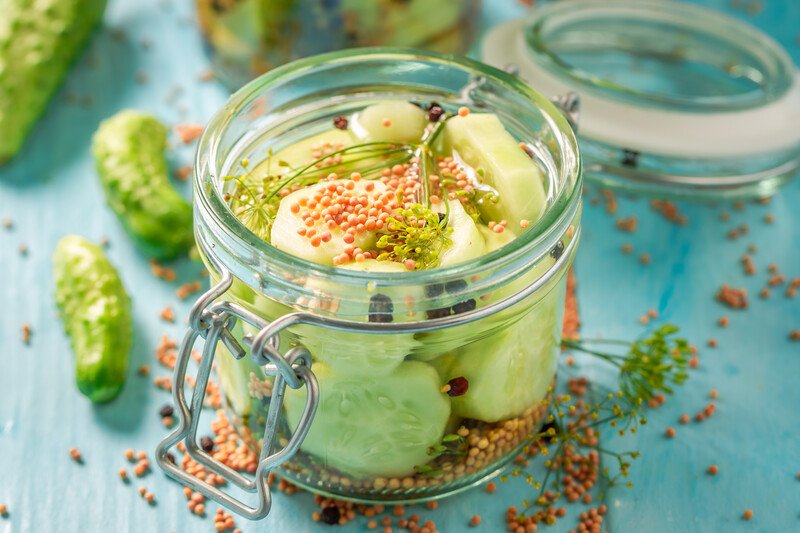
While cucumbers are a welcome addition to salads, sandwiches, tacos, and salsa, it’ll be great as well with soups. Zupa Ogórkowa, a Polish and Lithuanian traditional soup, can be made both with fresh or pickled cucumber.
Cucumber is a good source of vitamin K. It also contains copper, potassium, phosphorus, magnesium, and vitamins B and C. It’s great for promoting hydration, lowering blood sugar, aiding weight loss, and avoiding constipation.
You can also pickle cucumbers with other ingredients, like jalapenos, for extra flavor and pep.
Cauliflower
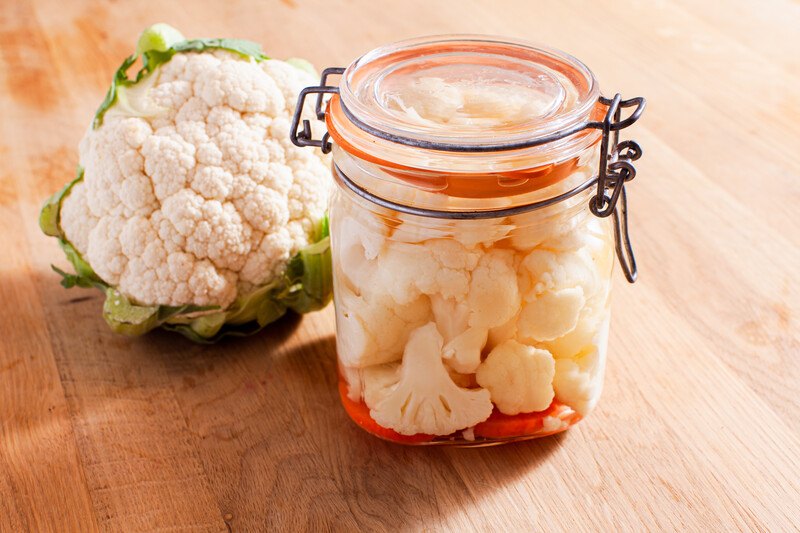
You can serve pickled cauliflower as part of an appetizer spread. You can also use it in making soups, as a side dish, or to garnish your meats or sandwiches.
A serving of cauliflower can already give you your daily recommended amount of vitamin C. It can also supply a good amount of vitamin K, iron, potassium, and magnesium. Because it’s high in fiber, it’s good for preventing constipation. It may also prevent oxidative stress, improve cardiovascular health and reduce the risk of certain types of cancer.
Cabbage
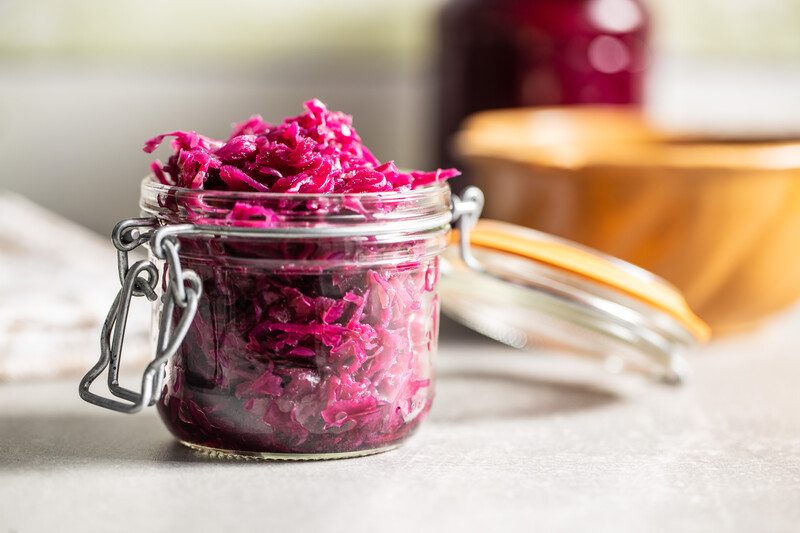
Pickled cabbage can complete your charcuterie board or vegetable platter. It’s a great side dish as well for fried or scrambled eggs. And of course, it’s always a welcome addition as toppings for tacos, burgers, or sandwiches.
Cabbage is rich in vitamin C. It also contains fiber, folate, magnesium, potassium, and vitamins A and K. It’s good for improving digestion, lowering blood pressure, keeping inflammation in check, and keeping your heart healthy.
Beets
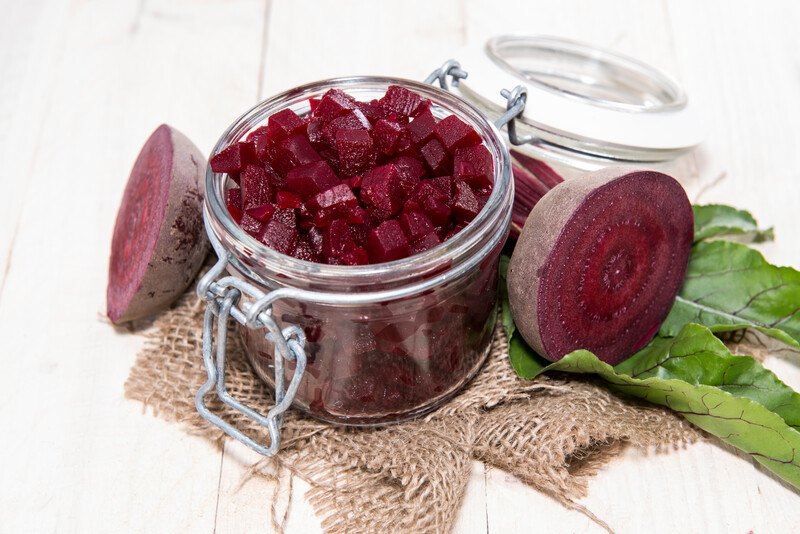
Pickled beets are great for a side dish with just a little sprinkling of feta cheese. It also makes for a delicious addition to salads.
Beets are rich in folate, manganese, iron, potassium, vitamin C, and fiber. It’s good for improving blood flow and increasing exercise performance.
Carrots
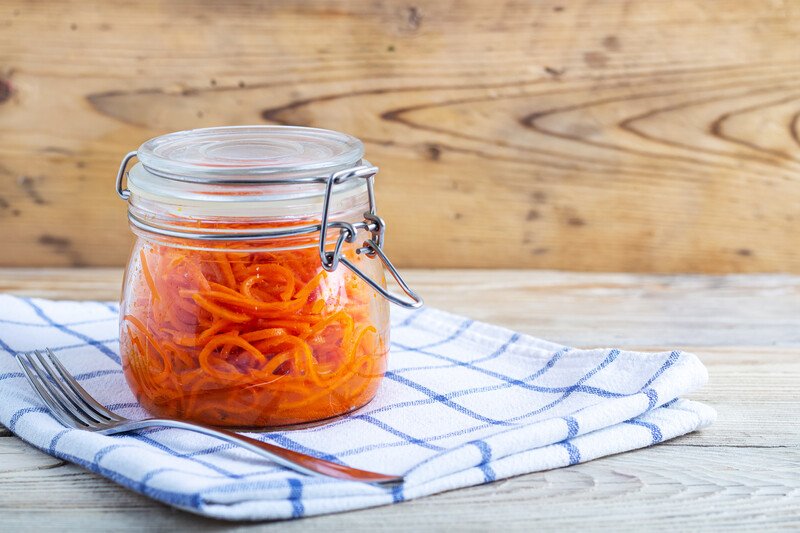
Pickled carrots will surely elevate your sandwiches, your Banh Mi for instance can use the extra crunch and kick with a tang from a spoonful of pickled shredded carrots.
Carrots are known for their beta carotene and lutein content which is beneficial for eye health. It’s also high in fiber which can regulate bowel movements and prevent constipation.
Jalapenos
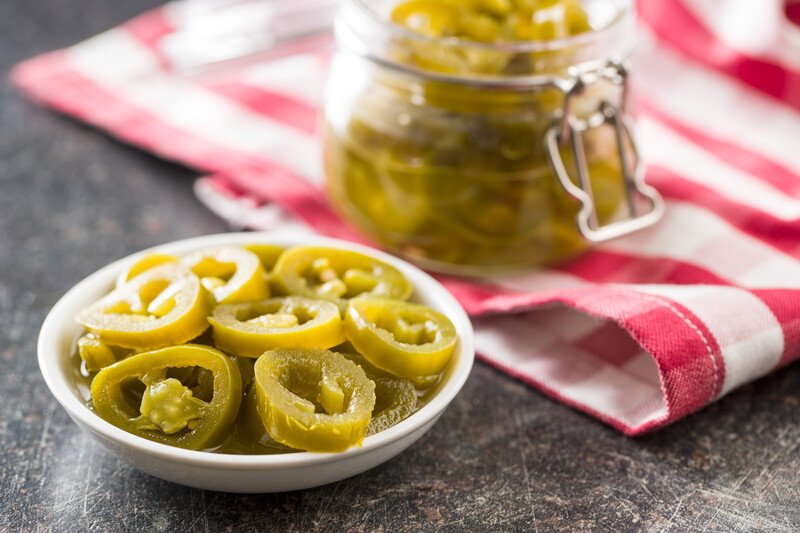
Pickled jalapenos are perfect for nachos, tacos, salsas, and enchiladas. It surely adds that extra spark and acidic notes. The pickling liquid can be used for salad dressing as well or for marinades (pickle juice is excellent in marinades too).
Jalapenos are rich in potassium and vitamins A and C. It’s also a good source of antioxidants which is beneficial for fighting damage to cells.
Asparagus
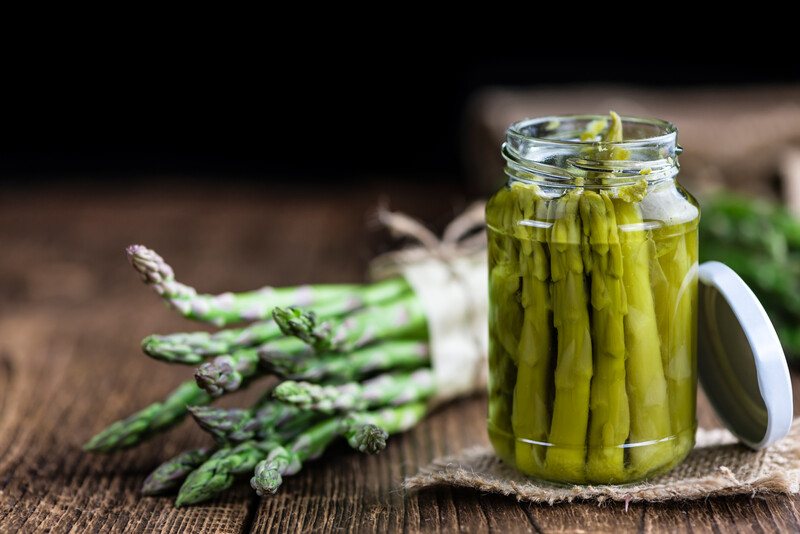
Pickled asparagus together with ham will make for an awesome super easy but delicious appetizer. Simply roll the pickled asparagus with the ham that is lightly slathered with cream cheese and you’re good to go.
Asparagus is rich in antioxidants which include vitamin E, vitamin C, glutathione, and various flavonoids and polyphenols. It aids in improving digestion, inducing weight loss, and lowering blood pressure.
Artichoke
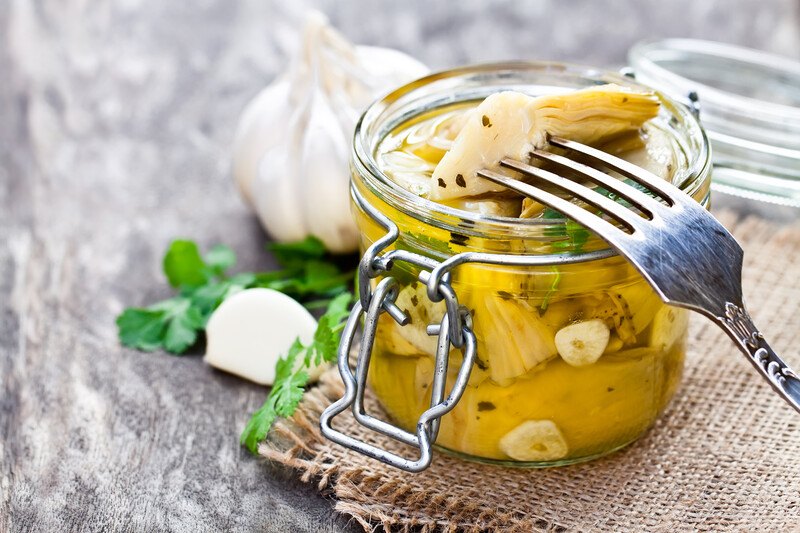
Pickled artichoke will make for a delicious and interesting pizza topping, tossed into risotto, folded in an omelet, or sauteed in butter. Of course, you can always enjoy them straight out of the jar.
Artichoke is rich in fiber and loaded with vitamins and minerals like vitamin C and K, folate, phosphorus, and magnesium. It’s good for regulating blood pressure, lowering bad cholesterol, improve digestive health, and boost liver health.
Radishes
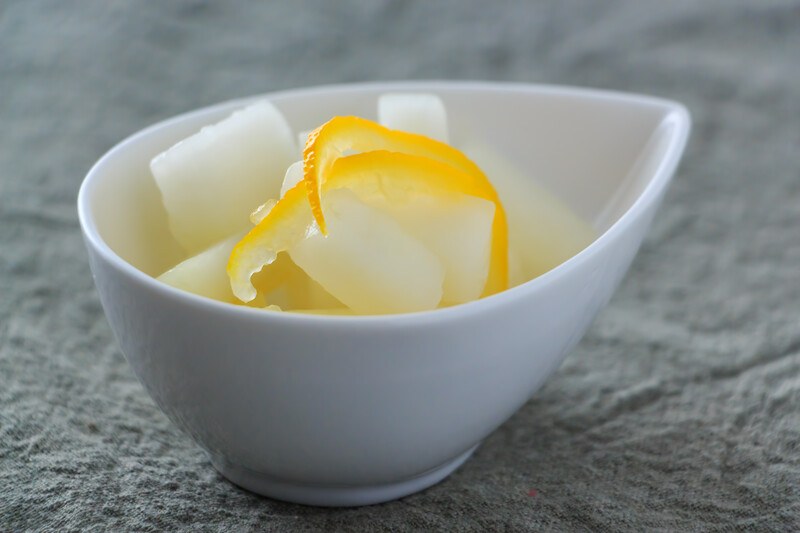
Did you know that aside from sandwiches and tacos, pickled radishes are awesome tangy garnish to ramen as well? Yep, it’s simply a must-try.
Radishes are high in antioxidants and minerals including potassium and calcium. It helps lower blood pressure and reduces the risks of heart disease.
Green beans
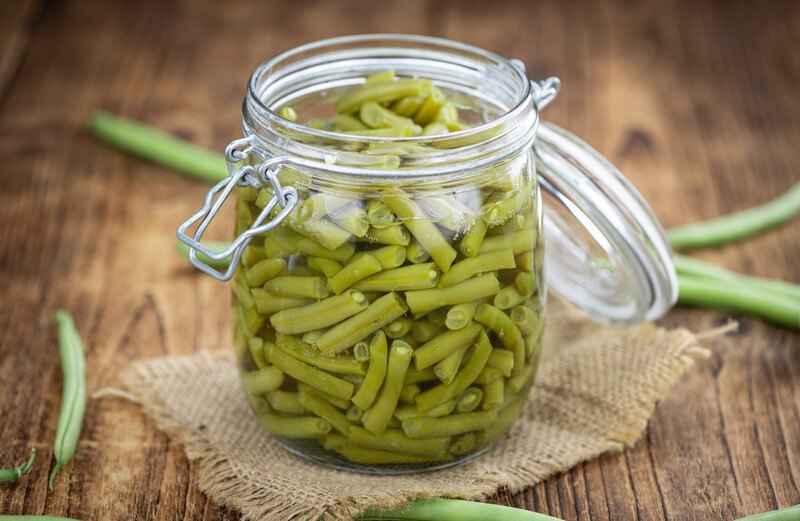
Pickled green beans are deliciously eaten right off the jar but it would also bring to life any salad – say romaine salad with a buttermilk dressing, ah just perfect!
Green beans are rich in vitamins C, A, and K. Aside from being gluten-free, it also contains folic acid and fiber. It’s good for maintaining healthy bones and reducing depression.
Bell peppers
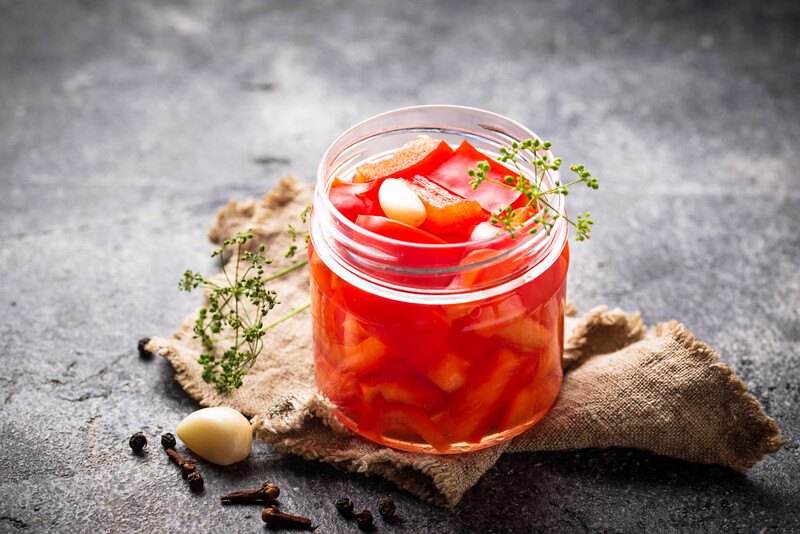
Pickled bell peppers are a delicious and colorful addition to soups, salads, nachos, and sandwiches. It also goes perfectly with Bloody Mary and is a compliment to have on any cheese plate.
Bell peppers are rich in antioxidants including beta carotene and vitamins C and E. It also contains fiber, folate, and iron. They’re good for improving eye health and reducing the risk of chronic diseases.
Tomatoes
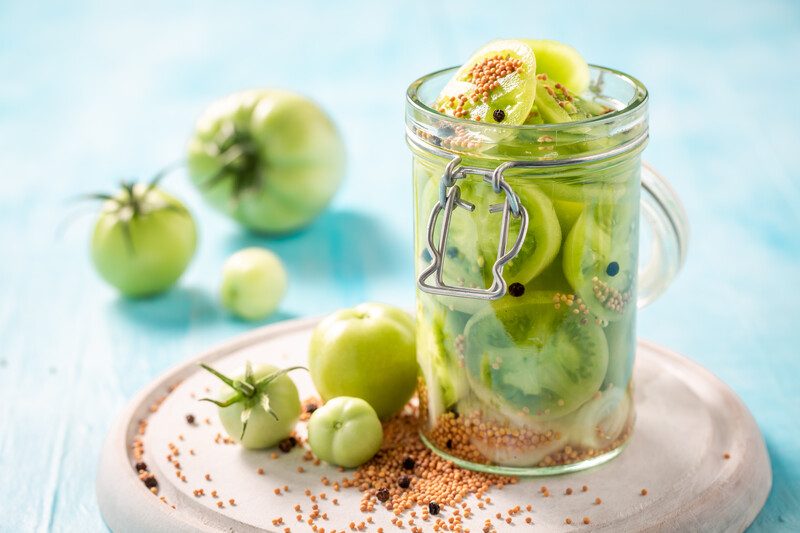
Pickled tomatoes are a delight to have on sandwiches, burgers, or toast. It’ll also make for a beautiful and tasty garnish in cocktails.
Tomatoes are known for their lycopene contents. It’s also a great source of vitamin C, folate, potassium, and vitamin K. It’s good for reducing the risk of heart disease and cancer.
Onions
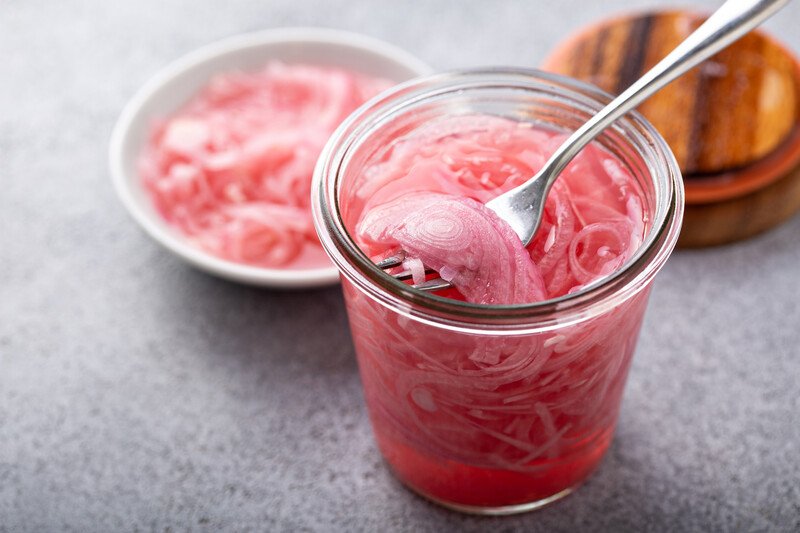
Pickled onions will work beautifully with your stews or chilis, marinades, and even with your cocktails. It’s also a great way to brighten up any salad, sandwiches, toast, or tacos.
Onions are a great source of vitamin C, vitamin B6, folate, and potassium. Because of its antioxidants content, it’s good for fighting inflammation, reducing cholesterol levels, decreasing triglycerides, and alleviating high blood pressure.
Quick Tips for Pickling at Home
Now is the time to get picky with your vegetables
Go for the fresh and firm vegetables with no signs of spoilage. Ideally, it’ll be great to pickle them within 24 hours after harvesting to ensure maximum quality pickles – but hey, not everybody has their own veggie garden. So, let’s just say be picky when buying vegetables.
Even before you start pickling them, discard any that is already showing signs of spoilage – for instance, when making pickled cabbage, remove the outer leaves especially when it’s showing browning or soft spots or if it looks wilted.
Choose which vinegar, sugar, and water to use
Distilled white vinegar is quite versatile. It’s also inexpensive and is also preferred when light color is more desirable like for cauliflower for instance. Other vinegars that is worth trying are apple cider vinegar and red wine vinegar. As for which sugar to use, granulated sugar is preferred to maintain a clear color. Brown sugar on the other hand, although it can cloud the solution, it also adds a distinct flavor. If you’re not very particular with the clearness of your brine solution then you may prefer brown sugar. And finally, the water to use, preferably you want to use soft water. You can easily soften hard water by boiling it or by diluting it with soft water.
It’s going to be a trial and error to see which combination of vinegar and sugar will work best for your pickles. The different pickle recipes that you can search and find online can serve as a guide for you – to give you ideas and a pretty good gauge on how things will work. Other than that, you simply just have to enjoy the process and be prepared for some amazing discoveries and mishaps at the same time.
Be adventurous with spices and herbs
Now is a great time to make use of those spices that have been sitting pretty in your pantry. While black pepper, coriander, and fennel seeds are quite the favorites, you can also venture into other strong and aromatic spices. Mustard seeds, cloves, ginger, red pepper flakes, bay leaf, and allspice are also great choices. Throwing an herb or two in there also adds flavor to your pickles. Say a sprig of dill, rosemary, thyme, or tarragon. To be quite frankly, aside from the flavor these herbs add to your pickles, they do look pretty as well!
Again, you can make use of the different brining solutions that you can find online to serve as a guide in coming up with the best spice combination to use. That way, you’ll have a pretty good idea of how a particular spice will work with a particular vegetable. But of course, you can always find out for yourself and simply…well, go for it!
One final note
While it’s great to have and enjoy pickled vegetables that you made yourself, you can also venture out and experience different pickles from different places. It’s a great way to broaden your food knowledge, taste a diversity of pickled food, and quite frankly, get new ideas for your next pickling project!
One way to accomplish that is by signing up with a pickle of the month club, or clubs if you want. These monthly clubs will send you the best-tasting pickles from across the US. Some clubs even offer the most unique pickles that you won’t outrightly think of – say pickled watermelon, okra, grapes, berries, and even nectarines! Pretty interesting, right?

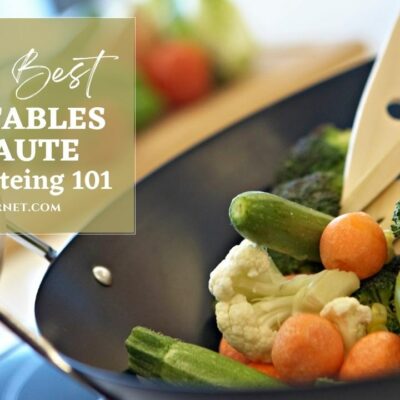
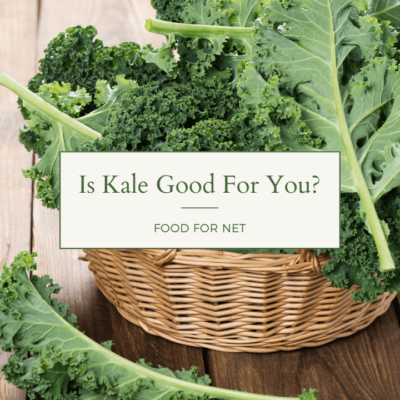
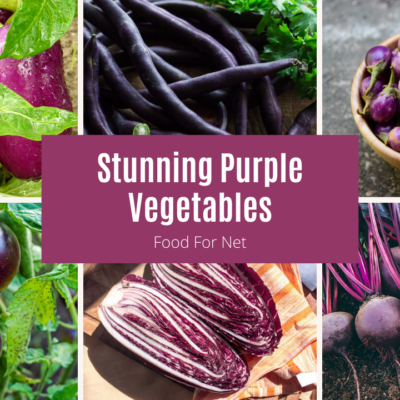
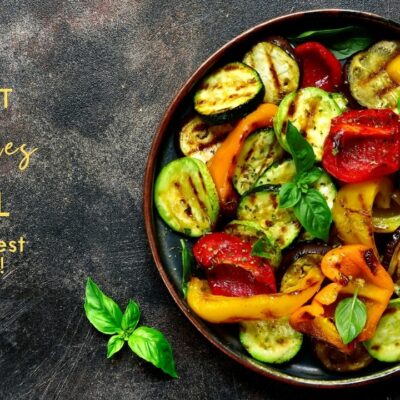
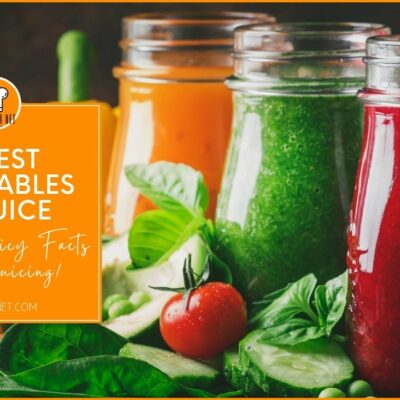
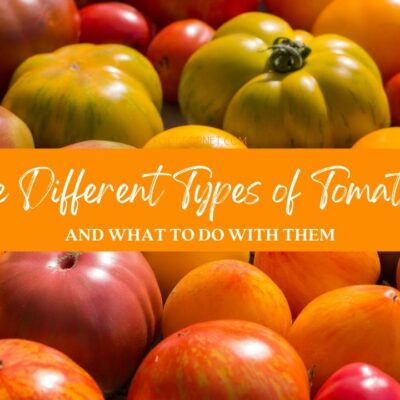
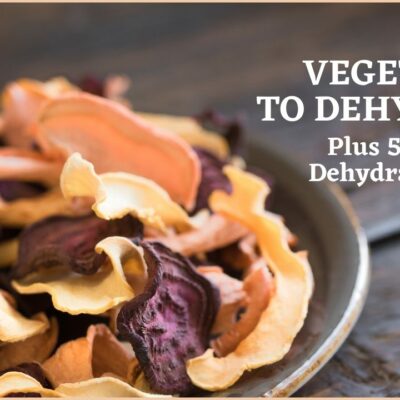
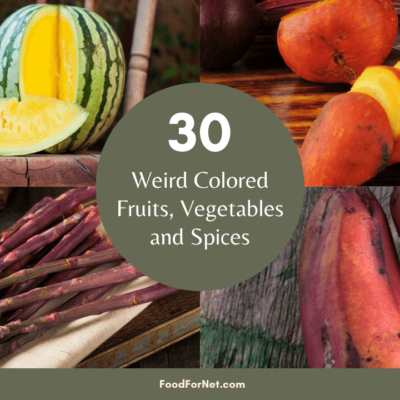
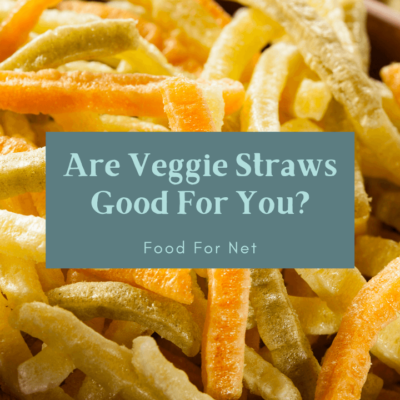
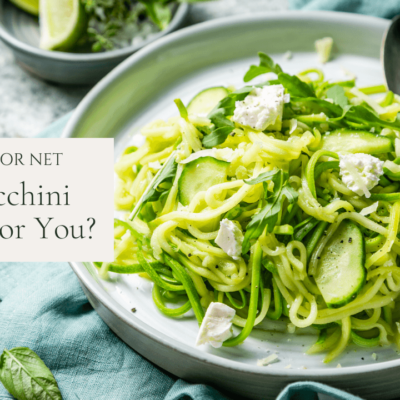
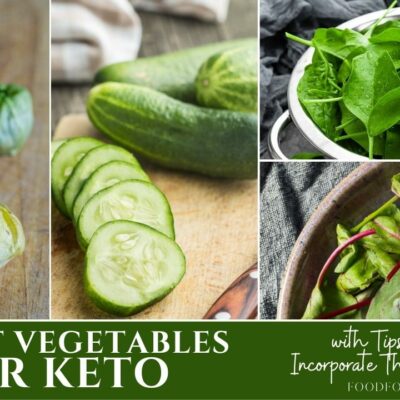
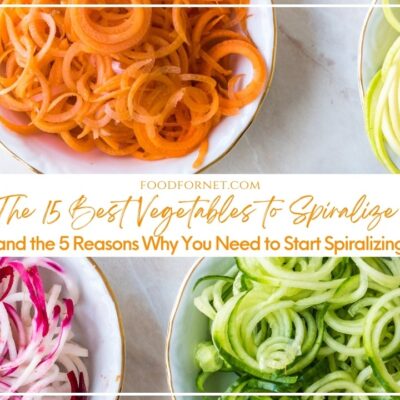
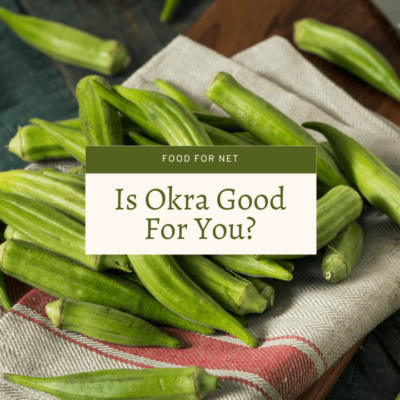

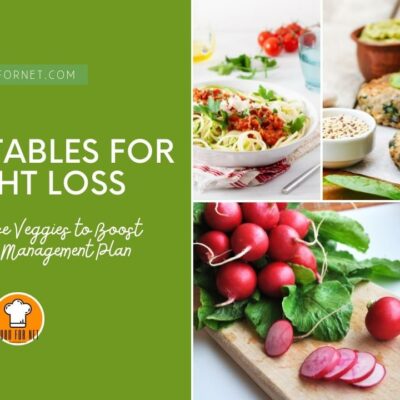
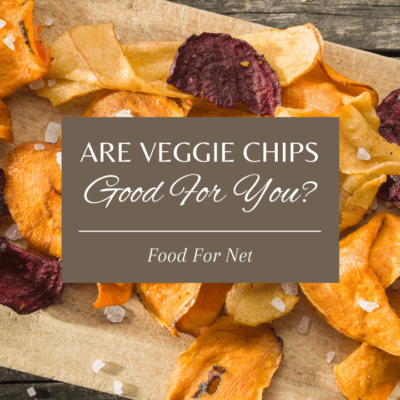
 The Best American Vodka
The Best American Vodka
Leave a Reply